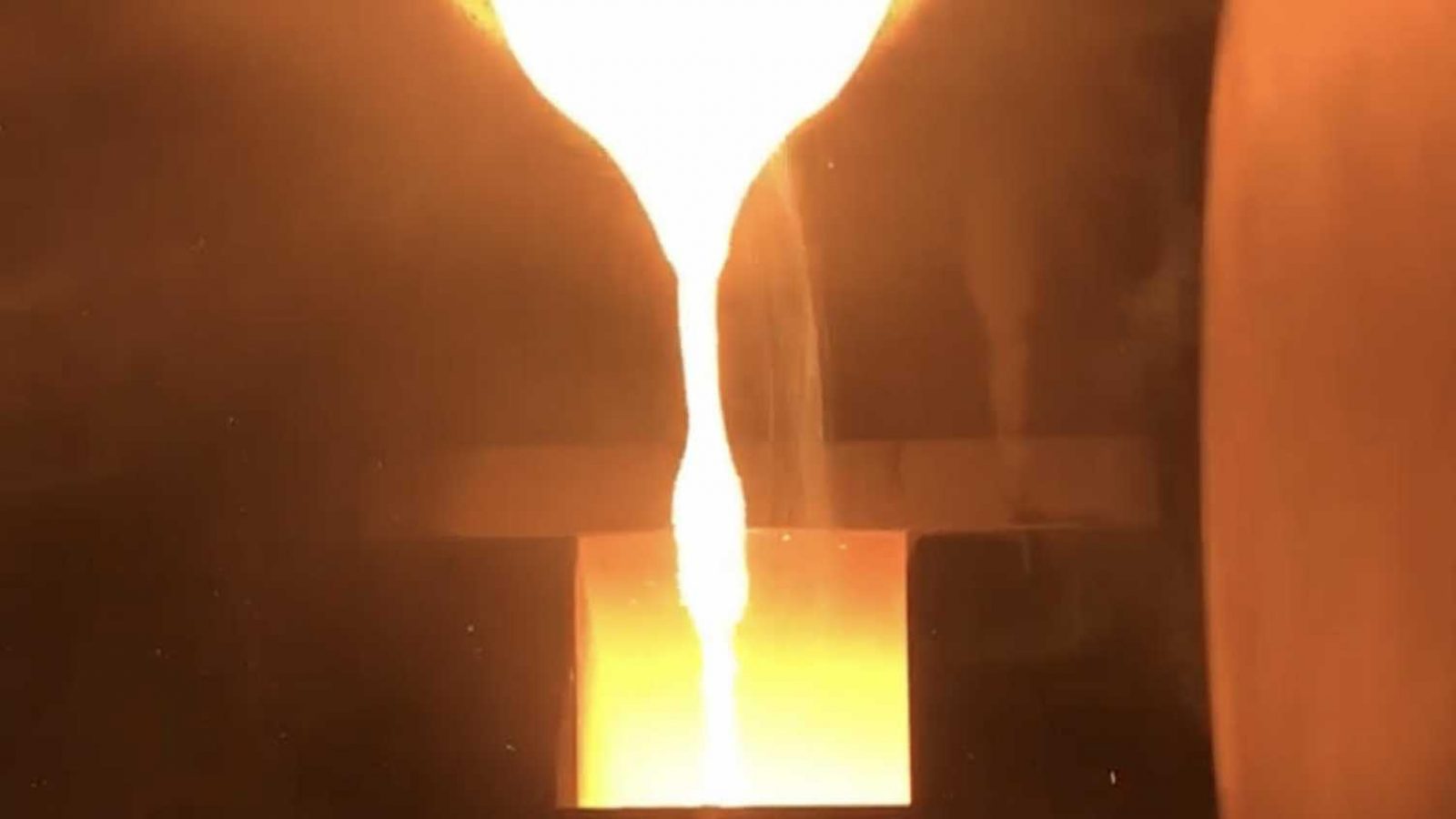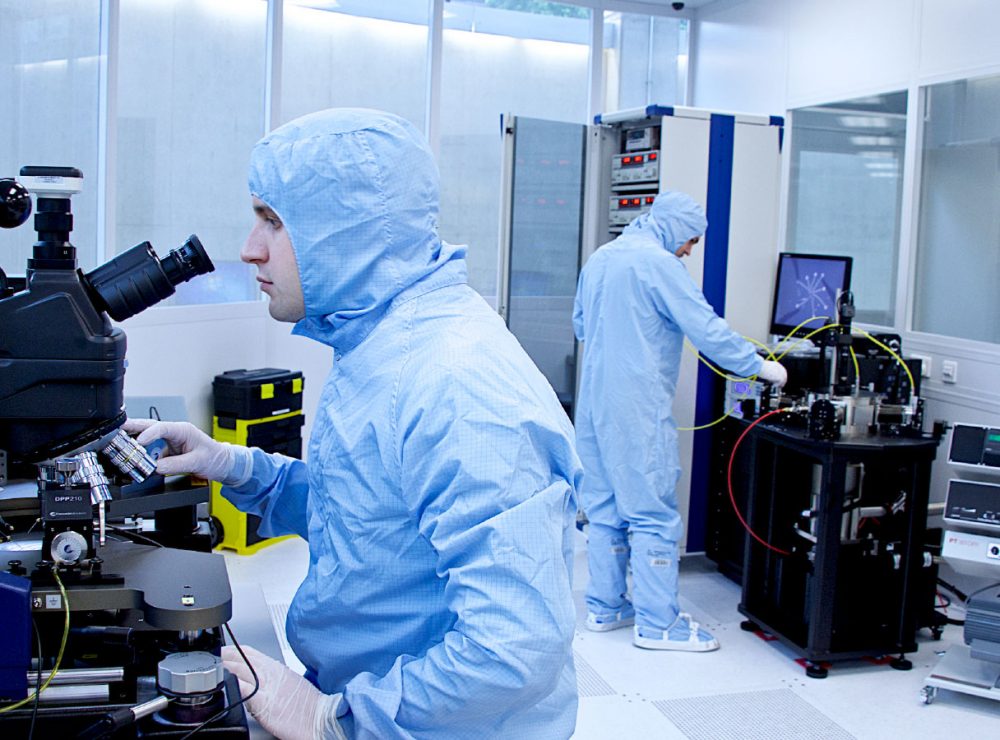This website uses cookies so that we can provide you with the best user experience possible. Cookie information is stored in your browser and performs functions such as recognising you when you return to our website and helping our team to understand which sections of the website you find most interesting and useful.

The influence of nanoprecipitation on the mechanical properties of microalloyed steels for the automotive industry
University of Sheffield
Two alloys were made using Royce expertise and equipment to evaluate the effect of Chromium (Cr) on precipitation, ferrite fraction and morphology. They were also reheated and isothermally transformed, while the reheating temperature was changed to evaluate their effect on the tensile properties.
There is extensive research to introduce new high-strength steels, based on microalloyed concepts, for automotive applications in order to reduce weight and therefore emissions from the vehicle. The current challenging aim is for a tensile strength of 1.2 GPa with a ductility of at least 15%. Recently, a new family of steels was introduced, based on a ferritic microstructure with a fine grain size, strengthened through extensive interphase precipitation. These have the potential to attain the 1.2 GPa using existing commercial production lines, but further research is required to meet this target.
Project Summary
The aim of this project was to understand how ternary microalloy additions affect the microstructure and properties of the alloys. The first issue to address was the effect of small Cr additions that brought confusing results in the past, as some researchers suggested Cr was beneficial, while others proposed it was detrimental.
Based on the composition 0.1%C-1.5%Mn-0.2%Si-0.2%V-0.5%Mo from a patented alloy of Tata Steel, IJmuiden, Netherlands, two blocks of steel were made with the help of Dr Yunus Azakli, using the Consarc 10 kg VIM furnace located in the University’s Royce Discovery Centre.
Unfortunately, the results of this study have not been published yet due to the COVID 19 related delay in the provided STEM training. STEM analysis would provide crucial information about the nanoprecipitates within the alloy such as shape, volume fraction, diameter, inter-particle spacing and the elemental composition.
Future Impact
In the near future, more steels with very similar compositions will be produced and their properties will be investigated as a part of this project. These steels will be heat-treated at different temperatures with the aim of maximising the ferrite volume fraction and the precipitate formation during the γ→α transformation. If better mechanical properties are obtained, these steels will be implemented in the automotive industry.
Collaborators
Dr Yunus Azakli, Neil Hind, Dean Haylock, Dr Lisa Hollands






